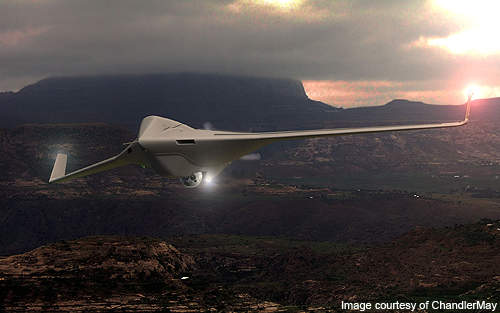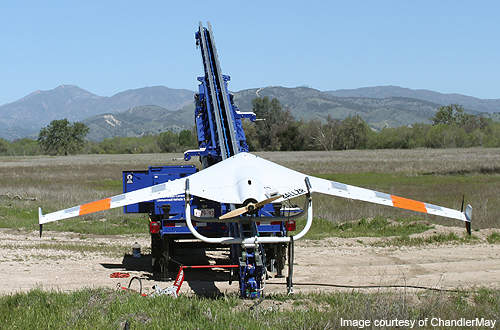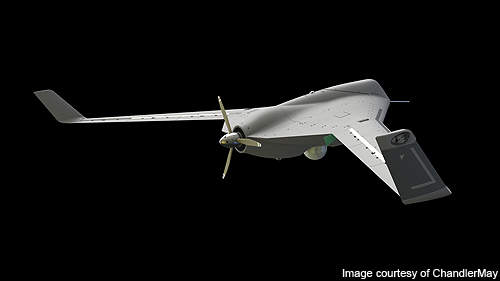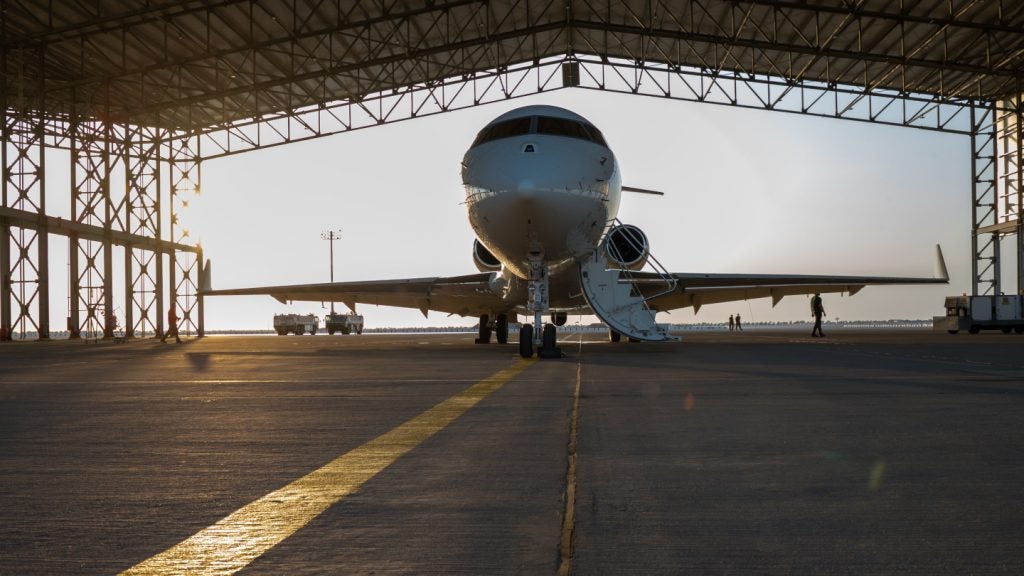Fury 1500 is a small tactical unmanned aerial system designed and manufactured by AeroMech Engineering (now known as ChandlerMay) at their facility in San Luis Obispo, California. The system consists of a pneumatic launcher, runway independent air vehicle, portable ground control station (GCS) and water connectors to enable waterborne recovery.
The vehicle will carry out intelligence, surveillance, reconnaissance (ISR) and electronic warfare (EW) missions for the US Armed Forces. It captures real time intelligence data and transmits it to the GCS through a SATCOM data link.
Flying at a maximum altitude of 18,000ft, the vehicle can render its operators with real time intelligence data by executing surveillance and reconnaissance operations over a small area.
Fury 1500 UAV design and roles
The Fury 1500 has been created to execute both military and commercial operations. The 14m long and 3.7m wide aerial vehicle has been designed to launch from varying regions, like maritime and littoral environments, through a pneumatic launcher. It can be recovered using its collapsible recovery system for use on land and water.
AeroMech examined the vehicle with a Robonic premium UAV launcher system produced by Robonic of Finland. Designed to be a machine with plug and play elements, the Fury 1500 can carry several payloads simultaneously.
Fury 1500 development
The Fury 1500 has been developed to meet the war fighter requirements of the US Armed Forces.
Its development was endorsed by the US Air Force Research Laboratory based at Wright-Patterson Air Force Base.
The first phase flight tests of the UAV and verification of the GCS were completed on 18 September 2008. The aircraft completed its maiden flight on 30 November 2010 at Hunter Liggett Army Airfield in California. The UAV was first showcased at the Paris Air Show 2011, held in June 2011.
Features and equipment
The Fury 1500 features delta shaped wings, low acoustic and visual signatures, line of sight (LOS) and beyond line of sight (BLOS) SATCOM data links and commercial-off-the-Shelf components. It is incorporated with shielded avionics to safeguard the avionics on-board from the strong radio frequency (RF) emissions.
It is fitted with a three bladed rotor at the rear section, to render propulsive force for the engine. An electro optic camera mounted beneath the centreline fuselage section captures the real time imagery or videos of the battlefields it is surveying.
Navigation
The Fury 1500 can be controlled either manually from the GCS or through a fully automated flight using mission management software known as STANAG 4586 SharkFin, which carries out navigation control, video display and payload control missions. The flight test of SharkFin was carried out in August 2007.
Sensors
The Fury 1500 is equipped with electro-optic (EO) and infra-red (IR) sensors and electronic intelligence (ELINT).
Radars
The UAV is incorporated with synthetic aperture radar, signal intelligence (SIGINT) and communication intelligence (COMINT).
Engines
The Fury 1500 is powered by heavy fuel engine rated at 2kW of continuous output power. The engine uses JP8 fuel to reduce the logistical footprint and raise the endurance.
Portable ground control station
The GCS is a small and lightweight control station, also designed and manufactured by ChandlerMay, which displays real time imagery and videos captured by the payload cameras.
Processing, receiving, storing and monitoring of the real time data transmitted by the vehicle will be carried out at the GCS.
Communication between the Fury 1500 and the control station will take place through a line of sight data link.
Performance and speed
The Fury 1500 can fly at a maximum speed of 214km/h. Its cruise speed varies between 120km/h and 175km/h. The ferry range and service ceiling of the vehicle are 2,778km and 5,486m respectively. The vehicle can fly in air for a maximum of 16 hours.
The Global Unmanned Aerial Vehicles (UAV) Market 2011-2021
This project forms part of our recent analysis and forecasts of the global unmanned aerial vehicles (UAV) market available from our business information platform Strategic Defence Intelligence. For more information contact us: EMEA: +44 20 7936 6783; Americas: +1 415 439 4914; Asia Pacific: +61 2 9947 9709 or via email.











